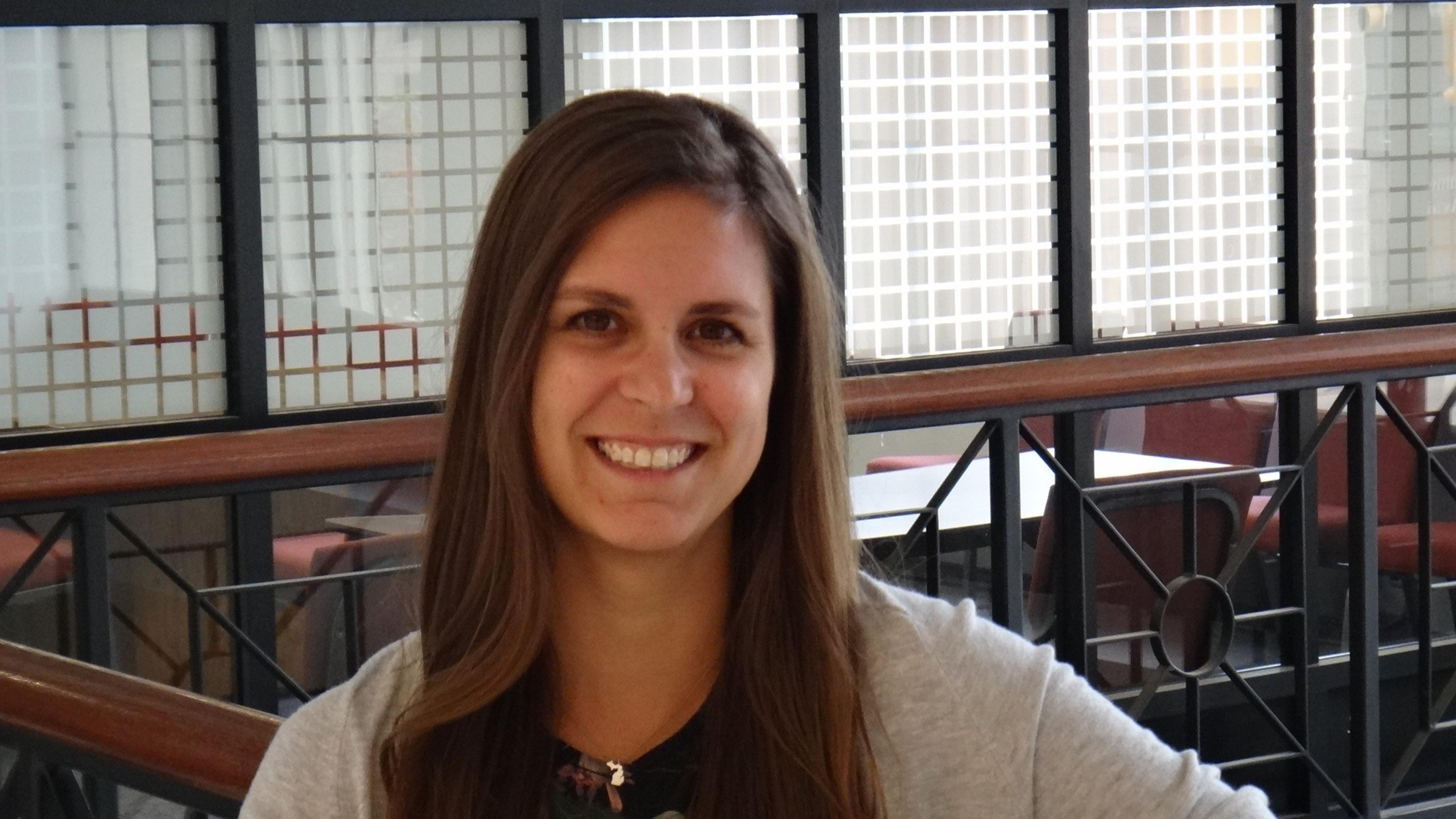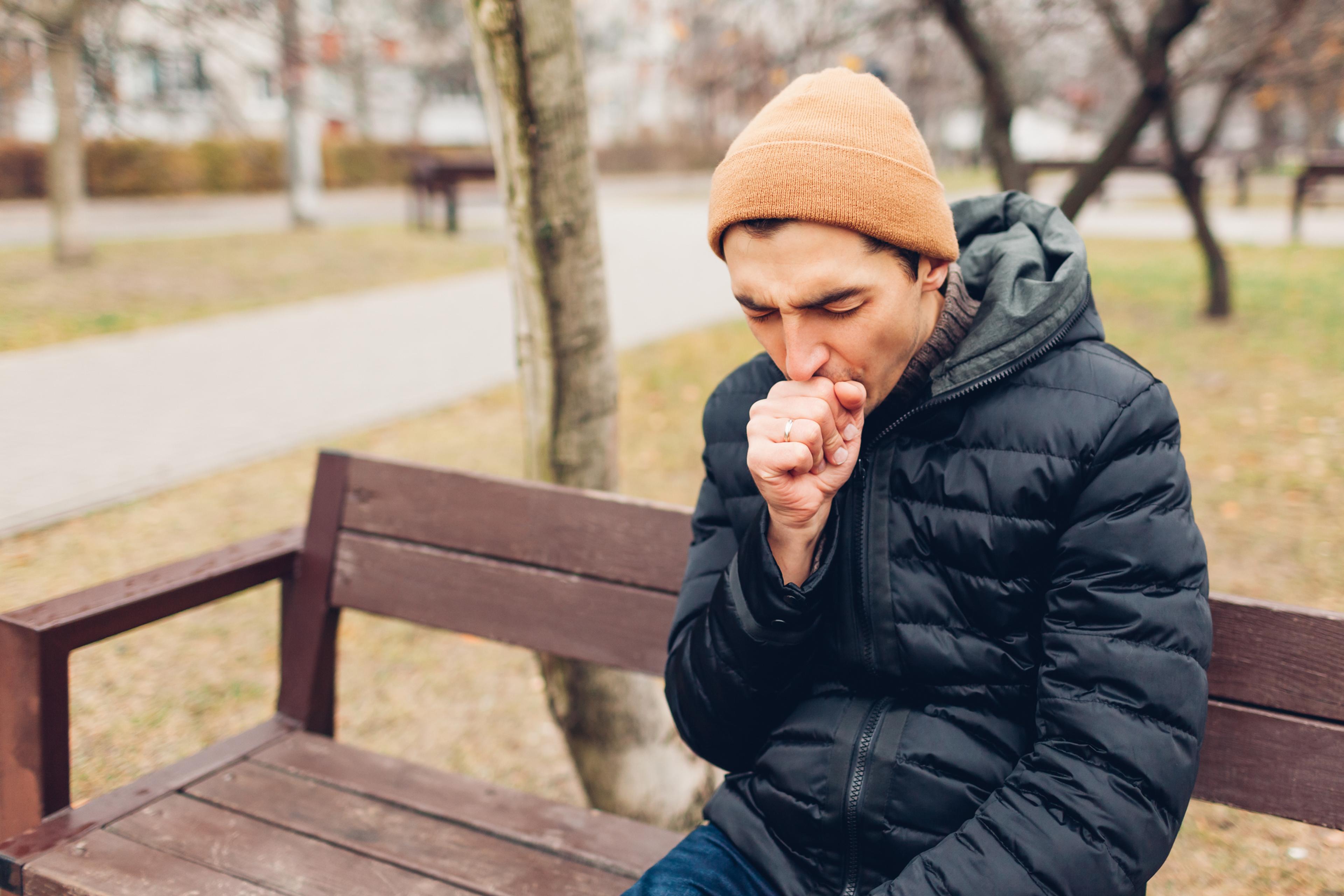What is Cardiac Arrest?

Lindsay Knake
| 3 min read
Lindsay Knake is a brand journalist for Blue Cross B...

A cardiac arrest is the sudden loss of heart function because the electrical system malfunctions. In cardiac arrest, the heart stops beating properly. It’s often fatal unless someone performs CPR or uses a defibrillator to shock and restore the heart to function within a few minutes, according to the American Heart Association.
What are the signs of cardiac arrest?
Symptoms of cardiac arrest typically come on very suddenly, according to the Cleveland Clinic. Symptoms include:
- Chest pain
- Dizziness
- Nausea
- Fainting
- Shortness of breath or not breathing
- Heart palpitations
Cardiac arrest results in a stoppage of blood flow through the body. The organs in the body will start to become damaged without oxygen from blood flow within five minutes, according to the Cleveland Clinic. Cardiac arrest can be fatal within eight minutes without CPR or defibrillation.
About 10% of people who have sudden cardiac arrest outside of a hospital survive, according to the American Heart Association.
Causes of cardiac arrest include:
- Cardiomyopathy
- Heart disease
- Heart failure
- Irregular heart rhythms called arrhythmias
- Congenital heart conditions
- Infectious diseases
Cardiac arrest is different than a heart attack, although the two conditions may be mistaken. A heart attack is caused by a blockage that stops blood flow to the heart. It is serious and sometimes fatal, but treatable. Cardiac arrest occurs when the heart stops beating suddenly.
What do I do if someone goes into cardiac arrest?
If you or a loved one experience chest pain, nausea, or shortness of breath, seek medical attention right away.
If someone drops to the ground or is unconscious and you suspect cardiac arrest, call 911 immediately and keep the phone on speaker or with another person, then start CPR. Ask someone to find an automated external defibrillator (AED) to restart their heart and perform CPR until you have it.
Here are the American Heart Association’s tips for performing hands-only CPR:
- Make sure the person is flat on their back.
- Check for a pulse and check the person’s airways for obstructions. Remove any if found.
- If the person is not breathing, put the heel of one hand in the center of their chest, and then the other hand on top.
- Push down hard and fast in the center of their chest.
- Keep the rhythm at a rate of 100 to 120 compressions per minute. For reference, the song “Stayin’ Alive” by the Bee Gees has the appropriate pace.
There is little risk of hurting someone by performing CPR, per the American Heart Association.
Learning how to perform CPR and use an AED are important skills for everyone to have. The American Heart Association and American Red Cross offer classes.
Talk to your health care provider about heart health, including preventing and treating heart disease, especially if it runs in your family. Eating a nutritious diet, exercise, and regular physical activity can help reduce your chances of heart conditions and cardiac arrest.
Image: Getty Images
Related:





